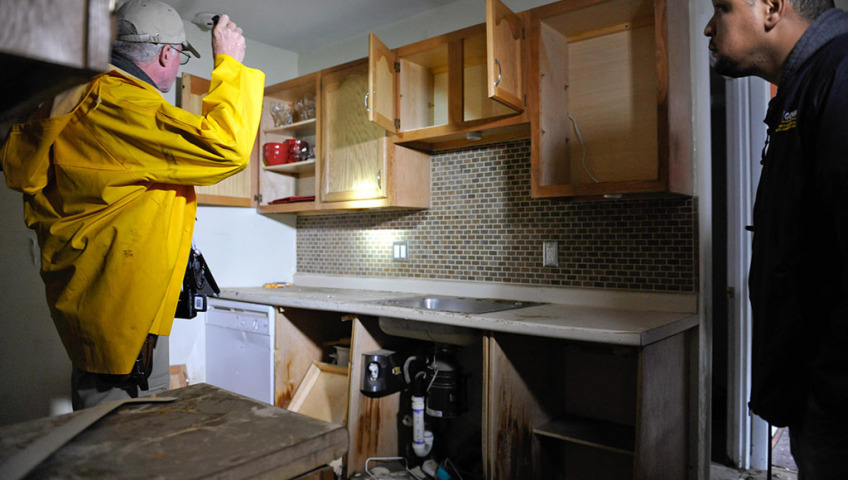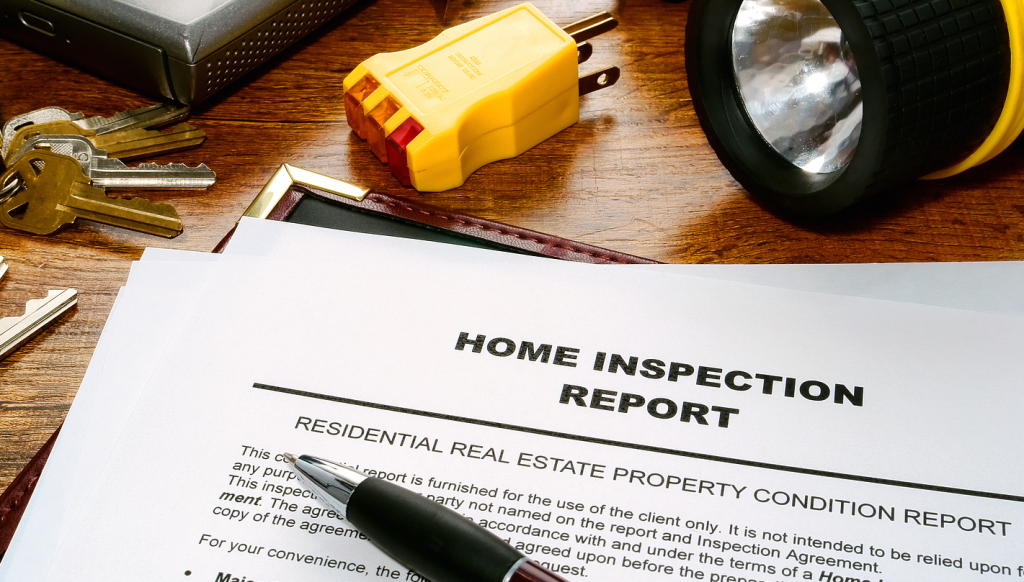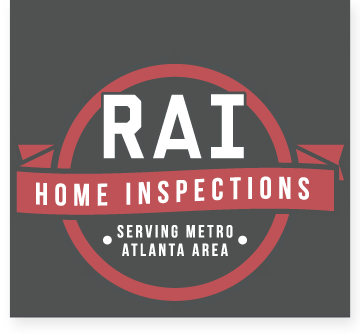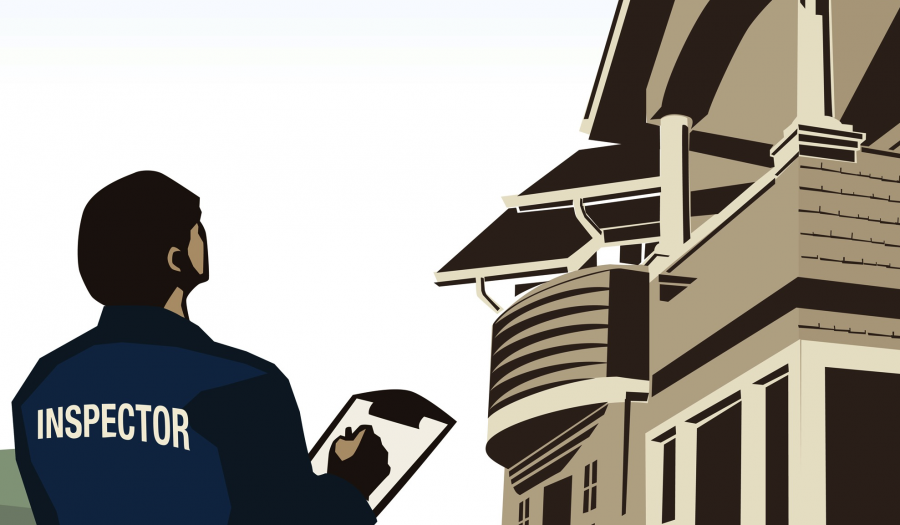No matter which stage of home ownership you find yourself in, the home inspection is a great opportunity to get a professional inspector’s unbiased view of your situation. However complex the form itself may appear, there are some basic tips you can learn that will help you more easily interpret your report. Familiarizing yourself with these suggestions will allow you to both maximize your benefit from the home inspection and speak freely about the results with the home inspector, potential home buyer, or home seller!
Participate in the Inspection

The best way to understand the findings present in your home inspection report is to join the home inspector as the inspection is underway. It’s important not to distract the inspector, but if he makes a note that you either don’t understand or want more information about, don’t hesitate to ask.
Types of Inspection Reports
You’ll encounter two types of home inspection reports. The following two formats are most commonly used by home inspectors nationwide:
Checklist Format
The checklist home inspection report consists of a list of items inspected plus the inspector’s rating, usually limited to “good,” “fair, ”or “poor.” At the bottom of each checklist section, there will be a spot for the inspector to insert comments about the items listed above.
Bear in mind that a middle-ground rating of “fair” does not always constitute an item in need of repair. Since “good” translates to new items, a ranking of “fair” often indicates standard signs of age or weathering like some scarring on the siding of a house.
This form has its drawbacks. A checklist report does not offer great detail and may result in more questions than answers from the people reading it. Don’t let this disappoint or overwhelm you! Make notes of your questions and contact your inspector to nail down details as needed.
Narrative Format:

Narrative reports provide more detailed accounts of your home inspector’s findings. These are written in an article format in which the inspector goes through a step-by-step retelling of what was inspected, how it was inspected, and what was found. Additional detail is beneficial, but issues may arise regarding the inspector’s choice of terminology and descriptions. This format is also a bit more dense, and it’s occasionally difficult to organize your thoughts as you read it. Once again, feel free to contact your inspector with any questions you may have regarding your report.
Focus on Major Issues
You home inspection will cover all aspects of your home from the foundation to the window frames, but certain sections should command your attention more than others. This difference in importance is due to the expense of repair or the threat of danger. Pay especially close attention to the following concerns addressed in your home inspection report:
Important Concerns:
- Electrical system
- Plumbing
- Roof and Chimney
- Potential Health Risks
Once you’re clear on any issues pertaining to those fixtures, you can move on to less significant details.
The best way to get familiar with a home inspection report is to have one to review. If you’re considering a home inspection and you’d like to be as prepared as possible, download our sample home inspection report! They’re completely free and they’ll help you get your bearings during the process of a real home inspection.


17,789 comments on “How to Read Your Home Inspection Report”